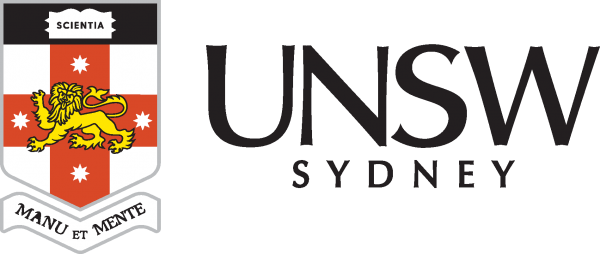University Of New South Wales: UNSW Sydney to help drive semiconductor capability in NSW
UNSW Sydney is part of a new consortium to drive sovereign semiconductor capability in NSW, to support critical local industries including health, defence and telecommunications.
The Semiconductor Sector Service Bureau (S3B) brings together leading experts from the UNSW Sydney, Macquarie University, University of Sydney, CSIRO and the Australian National Fabrication Facility.
Minister for Science, Innovation and Technology Alister Henskens said the semiconductor sector had been identified as a local strength in the recently released NSW 20-Year R&D Roadmap, presenting a golden opportunity to grow our economy.
“From computers and smartphones to military communications and medical devices, semiconductors, also known as ‘chips’, drive the technological devices we use every day and are indispensable to many global supply chains,” Mr Henskens said.
“The semiconductor industry has been an engine for economic growth over the last 60 years and the S3B represents an enormous opportunity to secure a brighter future for NSW by accelerating our participation in the global semiconductor market.”
Associate Professor Torsten Lehmann from UNSW’s School of Electrical Engineering and Telecommunications will lead the University’s involvement in S3B. He said he was very excited to have the opportunity to help expand the semiconductor sector in NSW.
“Compared with other parts of the world like Europe, Australia’s semiconductor sector is comparatively small. This is a fantastic opportunity to grow the sector here and given our talent and education levels, we should be a much bigger, global player in this space,” A/Prof. Lehmann said.
NSW Chief Scientist & Engineer Professor Hugh Durrant-Whyte said NSW had a clear competitive advantage when it came to semiconductors, with most Australian companies already based here.
“Each of the institutions forming this consortium have a long history of innovation within the sector, working closely with Australian leaders in semiconductor technology and major global firms,” Professor Durrant-Whyte said.

